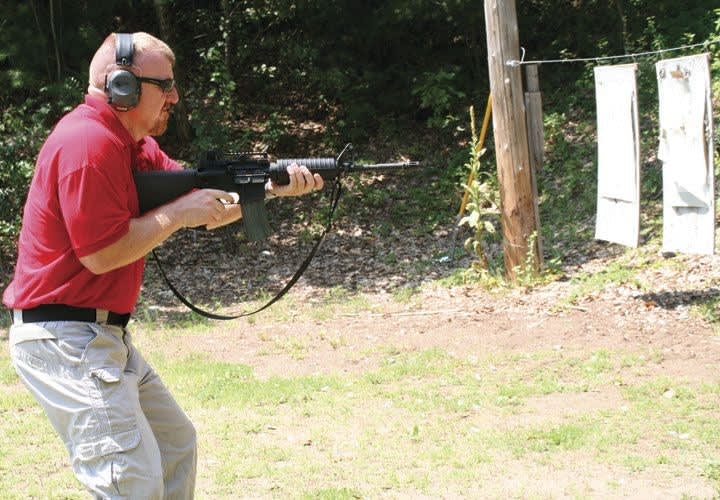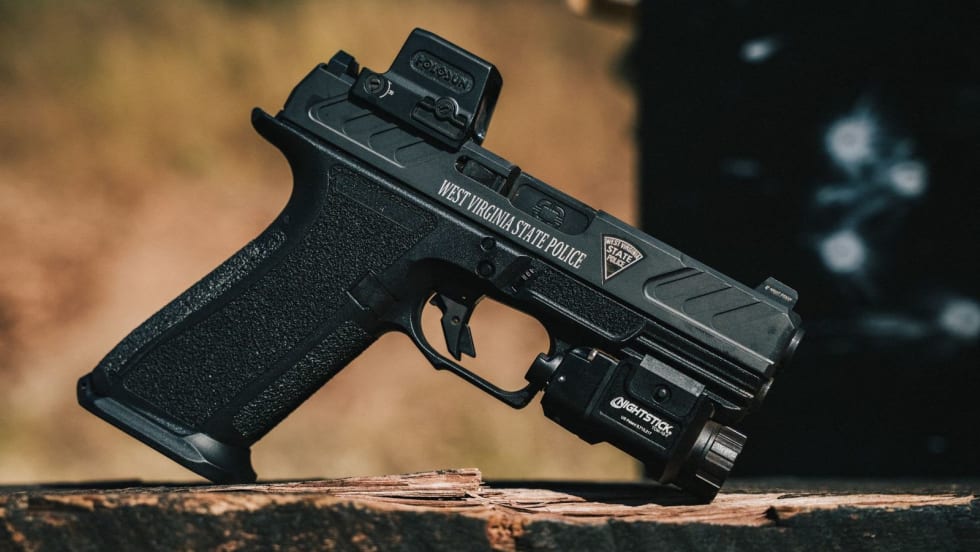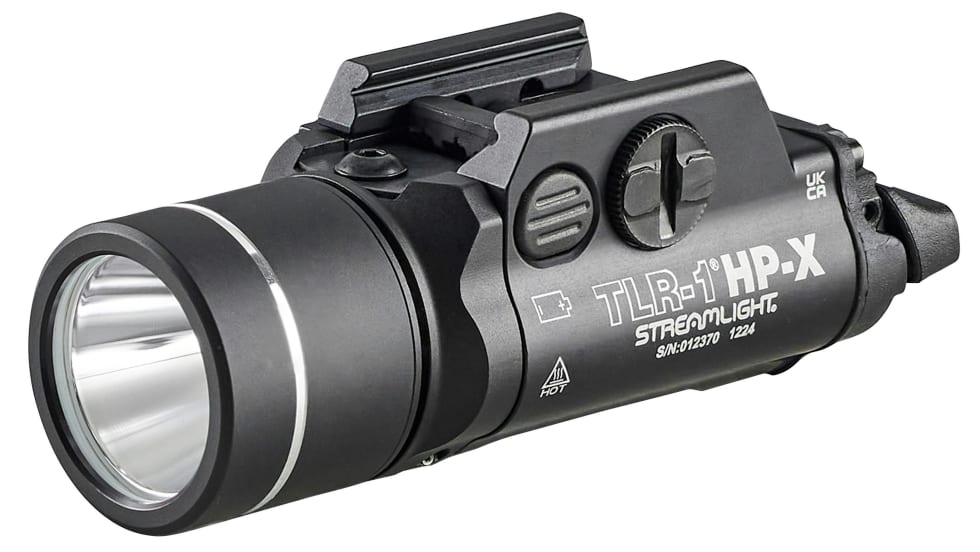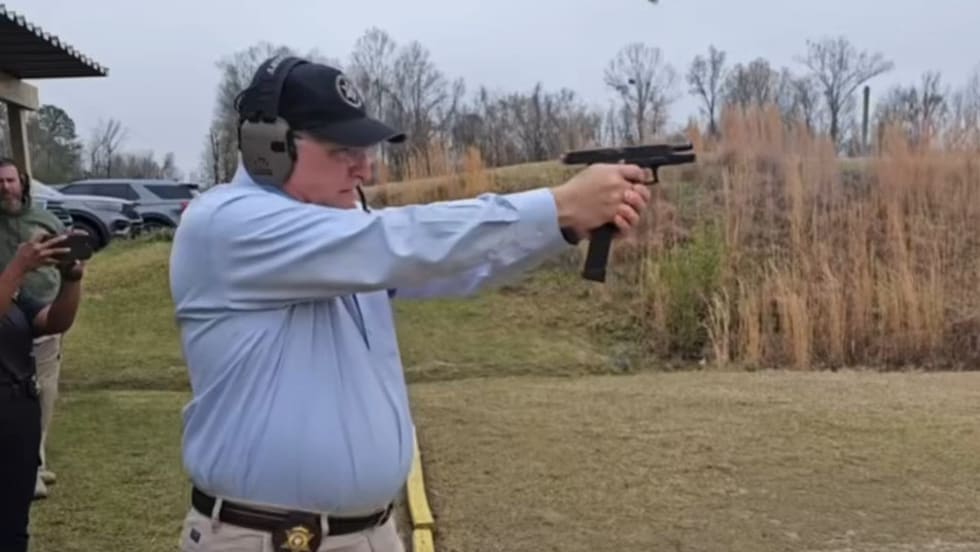Being able to "reach out and touch" someone at a greater distance, however, is not the only advantage of a patrol rifle. Its superior firepower, light weight, ease of use, dependability, and overall functionality make it a great weapon at close distances, as well. The problem is that most law enforcement patrol rifle training centers around skills, or tactics, designed for greater distances than are experienced in most street confrontations. Look at the case histories when these weapons have been used. Is the long distance shot sometimes being taken by officers? Yes, but the majority of the time the patrol rifle is deployed at much closer distances.
Necessary Skills
If you look at the circumstances surrounding the use of the patrol rifle by law enforcement, they are most often put into action at traffic stops, as in a high-risk stop, where the distance is not more than a car length or two ahead of the officer, or across a roadway. You'll also find that patrol officers and tactical teams most often deploy the rifle within a building, usually a residential building, where the distance is measured in a few feet, and not the hundreds of yards on a rifle range.
Even if you do find yourself at that long distance, can you make the shot? Are your skills where they need to be? When was the last time you fired your patrol rifle at that distance? Can you tell, with the naked eye, if the subject still poses a threat at 300 yards, 200 yards, or even 100 yards, in low light? More importantly, do you have a safe backstop to make that long distance shot? Remember, we are accountable for every round we send downrange.
Whether you're shooting your rifle a short or long distance, you need to be able to place the shot as safely and effectively as possible.










